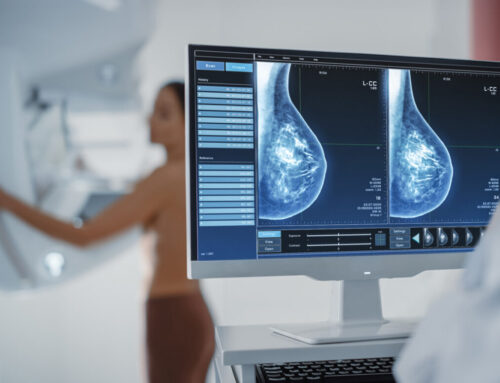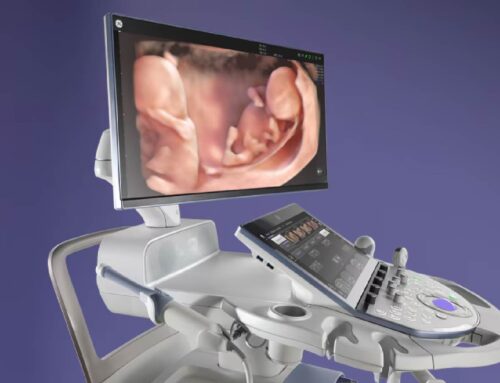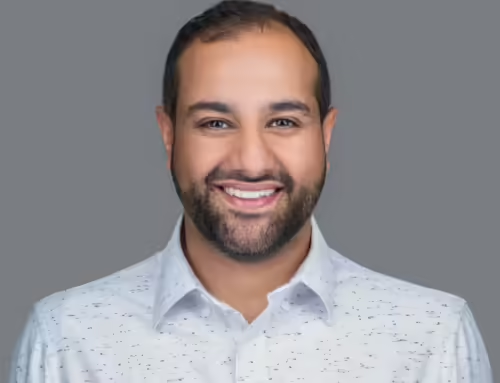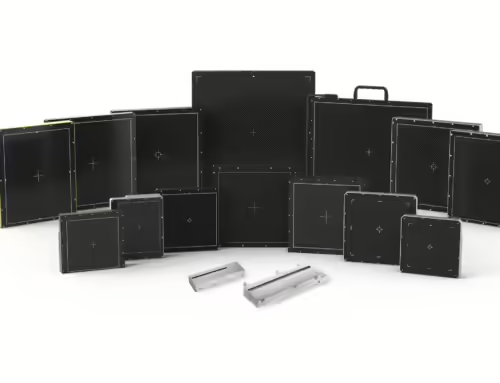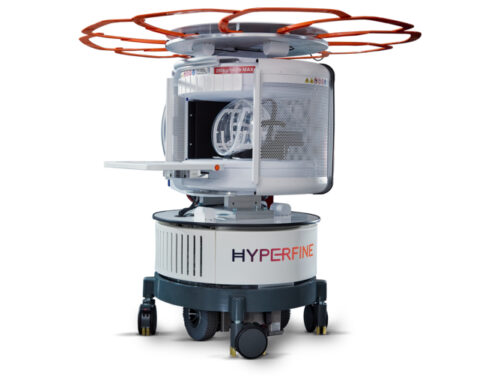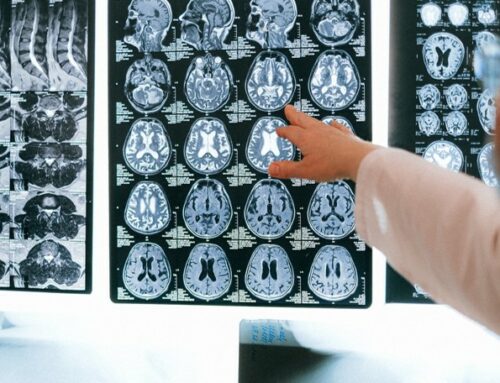By Tommy Carls, Vice President of Product Management & Marketing at Proprio
From the inception of medical imaging techniques, surgeons have sought to seamlessly integrate preoperative data for real-time feedback into the operating theater. One goal has been to alleviate the cognitive burden of mentally merging preoperative information with the live surgical environment. Surgeons have aspired to overlay this data onto the surgical field itself directly.
This vision is now being realized with the application of augmented reality and advanced intraoperative imaging technologies. These technologies are critical in complex surgeries, including orthopedic, neurosurgical, and cardiovascular procedures. In these fields, delicate anatomical areas near the target anatomy present significant challenges for surgeons. Augmented reality can unveil the unseen and inform tissue visualization, which enhances precision and reduces the potential for complications, making it an invaluable tool in intricate surgical environments. The expansion of the global surgical imaging market is evidence of the demand and increased enthusiasm for surgical imaging. This market was valued at $1.8 billion in 2020 and is projected to reach $2.4 billion by 2025.
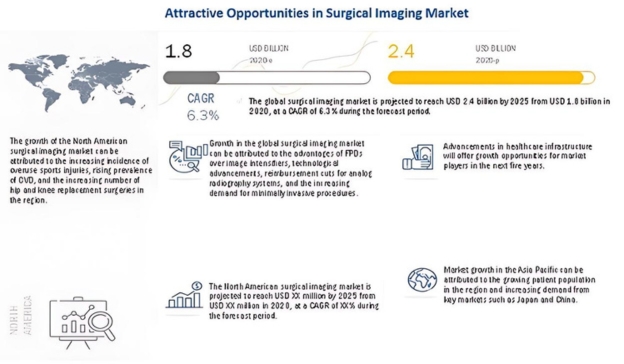
Surgical Imaging Market Trends, Source: Markets and Markets
Advancements in Tissue Visualization Technologies
Traditionally, surgeons have relied on two-dimensional imaging and mental reconstruction of three-dimensional anatomy during surgeries. While effective, this approach has inherent limitations, particularly when visualizing complex anatomical structures like vasculature, neural structures, ligaments, and organs in real-time. Limited depth perception and spatial awareness can hinder surgical precision, potentially affecting patient outcomes.
AR and intraoperative imaging technologies directly address these limitations. Advances in software now enable the instantaneous, live display of images in colorful 3D representations that are a visual digital twin of the patient’s anatomy. This advanced visualization is invaluable in preoperative planning and live surgical procedures, meeting a need that surgeons have long desired. By combining light field technology, depth sensors, and preoperative imaging data, a real-time view of the surgical field can be created that offers surgeons comprehensive insights into both visible and hidden anatomical structures.
Real-time navigation is revolutionizing surgical visualization. As anatomical structures move during surgery, the digital twin updates accordingly, ensuring surgeons have the most accurate information at the right time. Imagine Google Maps in the surgical suite, helping guide a surgeon to their predetermined destination and providing feedback along the way. By equipping surgeons with live feedback and optimal visualization of the operative field, patients can benefit from unprecedented precision during the procedure.
For instance, during a complex spinal fusion, AR-based navigation allows surgeons to visualize the visible anatomy and critical subsurface structures such as nerve roots and arteries. This real-time visualization empowers surgeons to make informed decisions, minimizing the risk of errors and complications. Additionally, preoperative image data can be processed, segmented, and superimposed onto the operative field, highlighting vulnerable subsurface structures and guiding the surgeon along their specific preoperative roadmap throughout the procedure.
Future Directions and Collaborative Innovation
The integration of fully immersive visualization technology into the operating suite offers numerous benefits for surgical advancement. Enhanced surgical precision, improved depth perception, and better spatial awareness empower surgeons to navigate complex anatomical structures with increased visibility and confidence. This advancement not only refines the execution of surgeries but also significantly advances our understanding of pathology.
The substantial intraoperative imaging data generated by these technologies can be swiftly and accurately analyzed using deep learning techniques. This analysis facilitates timely and appropriate treatment interventions. Deep learning algorithms are adept at processing vast amounts of imaging data and identifying patterns and anomalies that the human eye might miss. This capability is superior for detecting early signs of disease, assessing the extent of pathology, and monitoring the effectiveness of treatments. Integrating these advanced analytical techniques into the surgical workflow enhances diagnostic accuracy and improves patient care outcomes.
Continued research and development efforts are essential to maximize the clinical efficacy of these technologies across various surgical specialties. By focusing on usability and accessibility, the surgical community can ensure that these advancements improve patient outcomes and the overall evolution of surgical practice.
Embracing a New Era of Surgical Precision
The integration of augmented reality and intraoperative imaging technology in the operating suite is part of a new era in modern healthcare. With the rapidly growing surgical imaging market, driven by advances in software that offer instantaneous 3D image displays, the way we approach surgical care is undergoing a profound transformation. Surgeons now benefit from enhanced preoperative planning and real-time surgical navigation, navigating complex anatomical structures with unprecedented precision and confidence. As technology continues to evolve and software advances further, we anticipate optimized surgical outcomes, accelerated patient recovery, and continued pursuit of innovation in surgical practice.
About the Author
 Tommy Carls is the Vice President of Product Management & Marketing at Proprio, a spine-focused medical technology company. He most recently served as the Vice President of Research and Development at Medtronic Spine & Biologics where he was responsible for all engineering activities for the $2.8 billion medical technology group.
Tommy Carls is the Vice President of Product Management & Marketing at Proprio, a spine-focused medical technology company. He most recently served as the Vice President of Research and Development at Medtronic Spine & Biologics where he was responsible for all engineering activities for the $2.8 billion medical technology group.
Carls was formerly an independent medical device consultant, and served on Proprio’s Clinical Advisory Board before joining Proprio full-time in January 2022. He holds more than 80 patents, has led global teams of more than 150 engineers, and is held in high regard by the top clinical and industry leaders in the global spine market.

